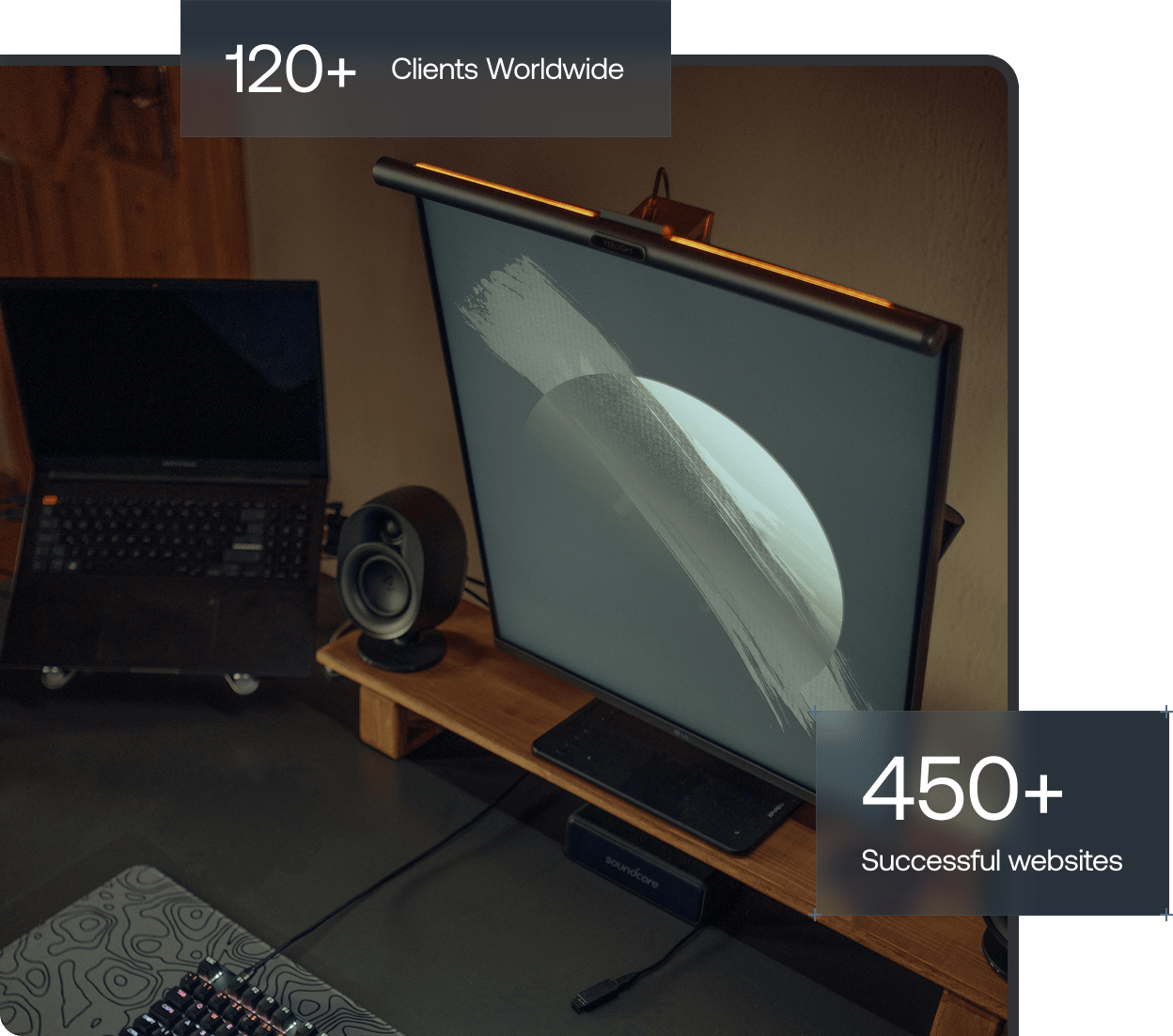Introduction
In today's digital-first world, the intersection of social media and web presence has become a vital component for businesses seeking to thrive online. If you're a business owner or entrepreneur, understanding how to leverage social media with your new website is essential. This article will provide you with comprehensive insights into integrating social media strategies with your website effectively.
Whether you’re working with a Web Designer Liverpool or a global team, creating an engaging online experience is crucial. We’ll explore strategies, tools, and best practices that can help elevate your brand's visibility, engage your audience, and ultimately drive conversions.
1. Understanding the Importance of Social Media Integration
1.1 What is Social Media Integration?
Social media integration refers to the process of incorporating social media elements into your website design and user experience. This includes sharing buttons, embedded feeds, and social login features.

1.2 Why is it Essential for Business?
With billions of users on platforms like Facebook, Instagram, and Twitter, businesses must tap into these networks to reach wider audiences. Social media drives traffic to websites and enhances customer engagement.
2. Choosing the Right Platforms for Your Audience
2.1 Identifying Your Target Demographic
Before you leap into social media marketing, understanding who your target audience is crucial. Use analytics tools to gather data about their preferences.
2.2 Analyzing Platform Popularity
Not all social platforms serve the same purpose; identify which channels align with your brand's objectives:
- Facebook: Great for community building Instagram: Best for visual storytelling LinkedIn: Ideal for B2B connections
3. Designing a User-Friendly Website
3.1 Collaborating with a Web Designer Liverpool
When working with a local web design company like By Crawford, ensure they understand how to integrate social media elements seamlessly within your website’s layout.
3.2 Effective Website Design Elements
A well-designed website should have:
- Clear navigation Mobile responsiveness Fast loading times
4. Crafting Compelling Content for Your Audience
4.1 The Role of Content in Engagement
Content serves as the bridge between your website and social channels; it needs to be engaging enough to share across platforms.
4.2 Types of Content That Resonate
Consider incorporating various types of content:
- Blog posts Infographics Videos
5. Utilizing SEO Strategies Alongside Social Media
5.1 Importance of SEO in Visibility
Integrating SEO strategies ensures that both your website and social media profiles are visible in search engine results.
5.2 Keyword Usage Across Platforms
Utilize keywords such as "best website design company" throughout both mediums to attract relevant traffic.
6. Implementing Call-to-Actions (CTAs)
6.1 What Are CTAs?
Call-to-actions prompt users to take specific actions — whether it's signing up for newsletters or following on social media.
6.2 Effective Placement of CTAs on Your Website
Ensure that CTAs are prominently displayed but not intrusive; consider placing them at strategic points like:
- At the end of blog posts In sidebars Within pop-up forms
7. Building an Engaging Community on Social Media
7.1 Creating Shareable Posts
Utilize captivating visuals Check out this site combined with compelling captions that encourage your audience to share them across their networks.
7.2 Hosting Online Events
Engage directly by hosting webinars or Q&A sessions that encourage interaction from followers.
8. Analyzing Metrics for Improvement
8.1 Understanding Analytics Tools
Set up tools like Google Analytics and native platform insights to track performance metrics such as engagement rates and click-through rates.
8.2 Adapting Strategies Based on Data
Regularly review metrics and adapt strategies accordingly; what worked last month may not work this month!
FAQs
Q: How do I choose the right social media platform?
A: Analyze where your target demographic spends their time online and select platforms that align with your business goals.
Q: Can I manage my website without professional help?
A: While DIY options exist, partnering with a professional web designer Liverpool can save time and enhance quality.
Q: What type of content performs best on social media?
A: Visual content tends to perform better—think images, infographics, or videos that resonate with your audience.
Q: How often should I post on my social channels?
A: Posting frequency varies by platform; generally aim for 3-7 times per week on Facebook while daily postings work better on Instagram.
Q: Is SEO still relevant in 2023?
A: Absolutely! SEO remains crucial for driving organic traffic both from search engines and through shared content on social networks.
Q: How can I measure success in my campaign?
A: Track key performance indicators such as engagement rates, conversion rates, and traffic sources through analytics tools.
Conclusion
The synergy between your new website and social media can be a game changer if executed strategically! By understanding how to leverage these tools effectively—whether through engaging visuals crafted by the best website design company or insightful content tailored for specific demographics—you'll create pathways leading directly back to your site from various platforms.
Take proactive steps today toward integrating these powerful digital assets; consult experts like By Crawford in Liverpool or delve into actionable strategies yourself! Remember that consistent analysis will keep you informed about what works best—so stay adaptable!
In summary, mastering how to leverage social media with your new website isn’t just an option; it’s essential for thriving in today’s competitive landscape!